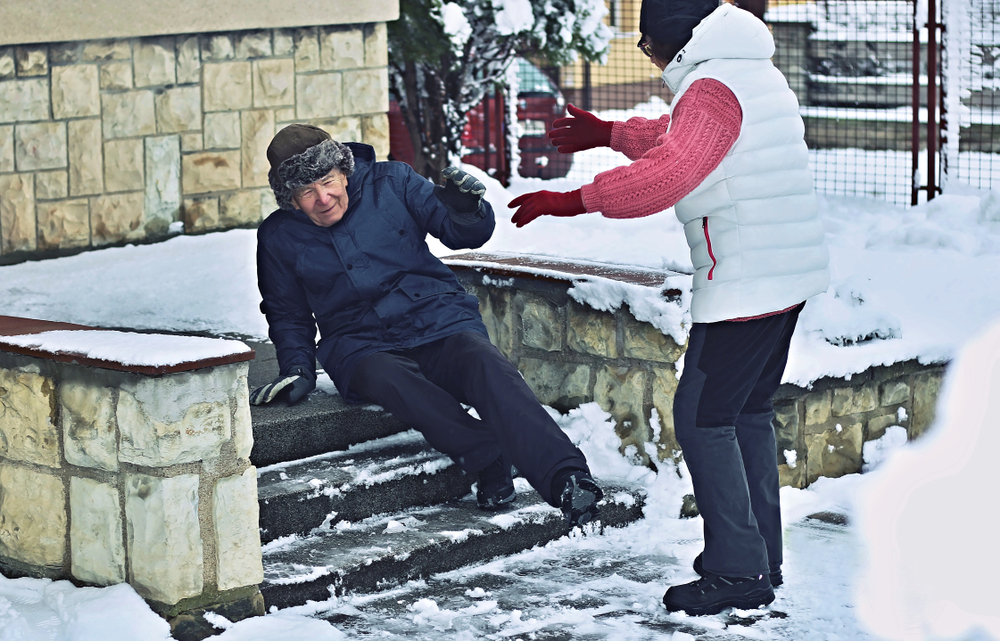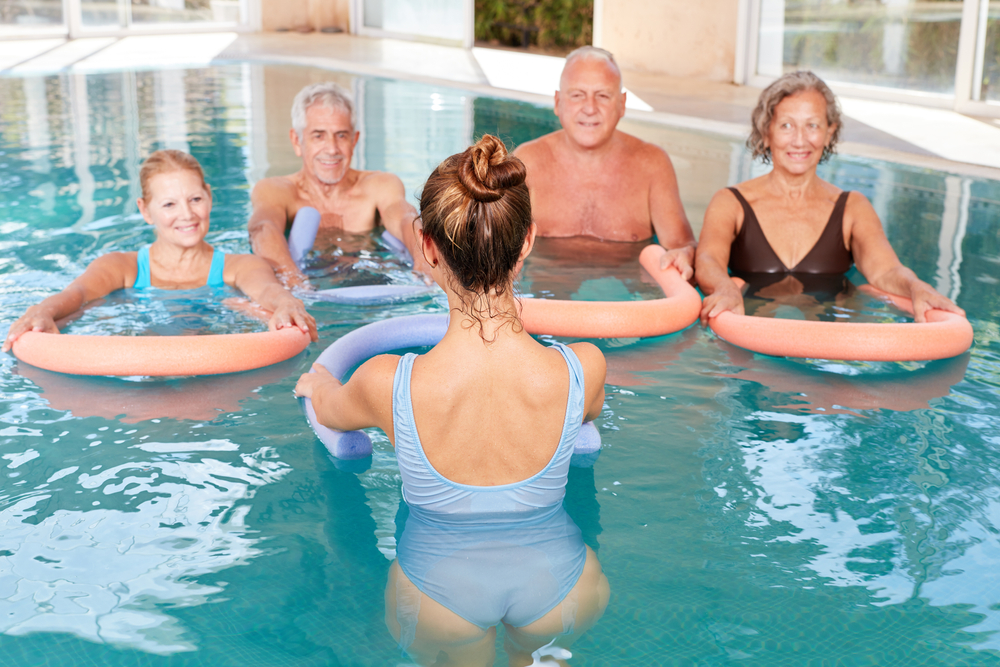Make an Appointment
This blog explains the role of exercise in supporting mental health recovery, including evidence-based activities, how physiotherapy fits into mental health rehabilitation, and practical ways to get started.
When living with or recovering from a mental health condition, many people are surprised to learn just how powerful movement can be. Exercise is more than just a physical activity, it’s a tool that helps regulate emotions, reduce stress, improve sleep, and rebuild confidence. Whether it’s a short walk in the fresh air or a structured program guided by a physiotherapist, the right type of movement can provide a critical sense of stability and purpose.
In this article, we explore how different types of exercise, like aerobic activity and calming mind-body movement, can support mental health outcomes. We also explain how physiotherapy fits into mental health rehabilitation and offer practical tips for choosing and maintaining movement routines. This blog is ideal for NDIS participants, carers, allied health professionals, or anyone looking to support their mental wellbeing through evidence-based activity.
Can exercise really improve your mental health?
The answer is a strong yes. From anxiety and depression to stress and emotional burnout, physical activity plays a vital role in mental health rehabilitation. This blog explores the most effective types of exercise for different mental health goals, explains how exercise fits into recovery frameworks, and answers some of the most frequently asked questions from clients and carers.
Whether you’re a health professional, support worker, or someone recovering from a mental health condition, this guide will help you understand how to incorporate movement into a holistic rehabilitation plan.
Let’s dive into the science, the strategies, and the steps you can take to make exercise part of a sustainable mental health recovery plan.
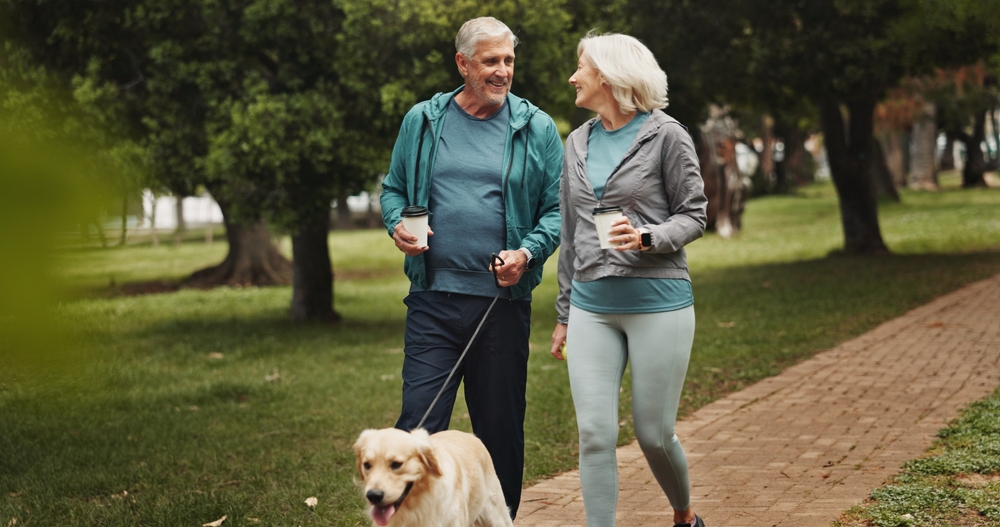
What kind of exercise is best for mental health?
Physical activity is widely recognised as a core element in managing and recovering from mental health challenges. In fact, guidelines from the World Health Organization and Australian Government health authorities recommend regular movement as part of any mental health treatment plan. Aerobic and cardiovascular activities are especially impactful, as they support the body’s natural chemical balance and help improve resilience to stress.
Why movement matters during recovery
When someone is recovering from a mental health condition, whether it’s depression, anxiety, PTSD, or psychosis, exercise offers benefits beyond the physical. Research shows that regular movement improves neuroplasticity (the brain’s ability to rewire itself), enhances sleep quality, and increases resilience to stress. It also provides a structure to the day, which can be critical for those struggling with motivation or low mood.
Therapeutic movement can serve as a grounding mechanism during emotionally difficult times. For example, rhythmic movement (such as walking or swimming) can help regulate the nervous system, while movement in natural environments has been linked to decreased cortisol levels and improved overall wellbeing.
Aerobic exercises, like walking, jogging, swimming, and cycling, are consistently associated with better mental health outcomes. These activities improve circulation to the brain, stimulate the release of feel-good chemicals (like serotonin and endorphins), and help regulate sleep and appetite.
Physical activity is widely recognised as a core element in managing and recovering from mental health challenges. In fact, guidelines from the World Health Organization and Australian Government health authorities recommend regular movement as part of any mental health treatment plan. Aerobic and cardiovascular activities are especially impactful, as they support the body’s natural chemical balance and help improve resilience to stress.
Top aerobic activities for mental wellbeing:
- Brisk walking (especially outdoors)
- Low-impact cycling
- Water-based fitness (e.g. swimming or aqua aerobics)
- Dance-based fitness classes (e.g. Zumba)
Group exercise is particularly beneficial, as it provides an added sense of community and support.
For people with limited mobility or chronic fatigue, even light movement, such as chair-based exercises or 10-minute walks, can have a measurable impact.
Learn more about exercise and mental health from Beyond Blue
Mind-body exercises are also ideal for calming the mind, regulating the nervous system, and reducing anxiety. These include:
- Yoga: Especially restorative or gentle styles like Hatha and Yin Yoga
- Tai Chi: Promotes balance, focus, and relaxed awareness
- Pilates: Enhances breath control, core strength, and stress relief
- Breathwork and guided meditation: Often integrated into yoga or stretching sessions
- Stretching routines: 10–20 minute sequences to reduce tension
These exercises stimulate the parasympathetic nervous system (the "rest and digest" system), helping to lower cortisol levels and quiet the mental chatter.
Read about movement-based mental health strategies from Healthdirect Australia
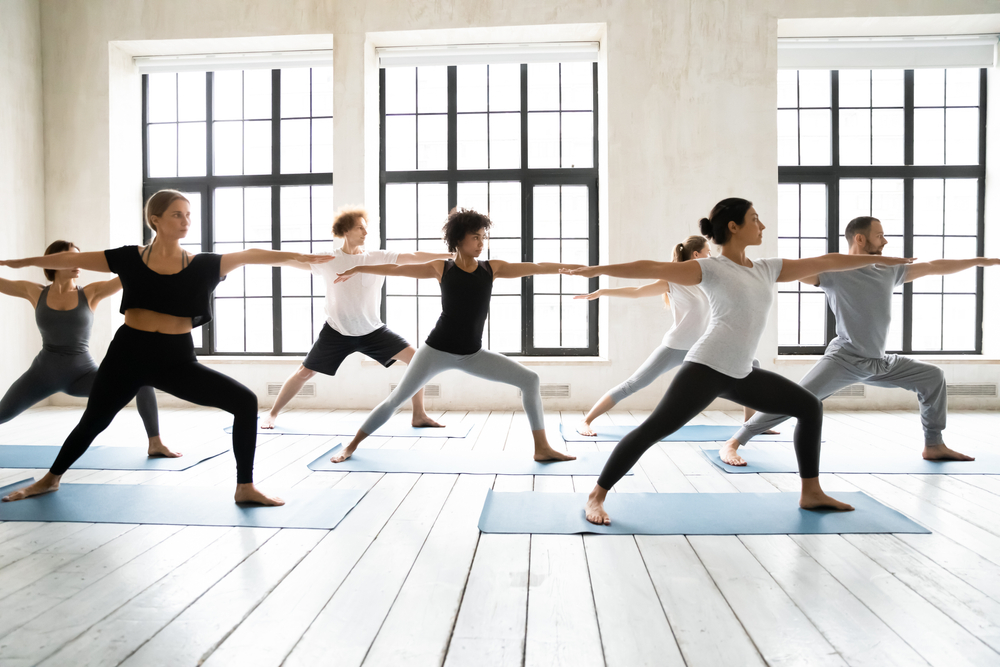
What are the 5 C's of mental health?
The 5 C's provide a helpful framework for understanding the foundations of good mental health:
- Connection – meaningful relationships and social support
- Competence – a sense of achievement and skill development
- Coping – healthy strategies to manage stress and emotions
- Confidence – belief in one’s ability to handle life’s challenges
- Character – alignment with personal values and identity
Exercise supports all five:
- Group fitness encourages connection
- Learning a new routine builds competence
- Regular movement enhances emotional regulation and coping
- Achieving physical goals boosts confidence
- Committing to wellness reflects strong character and values
Explore more frameworks at Raising Children Network

What are the four main steps of mental health rehabilitation?
Mental health rehabilitation aims to support individuals in regaining independence, building coping strategies, and improving quality of life through holistic and coordinated care. This is especially relevant for people living with complex or long-term mental health conditions such as schizophrenia, bipolar disorder, PTSD, or severe depression. While the model varies by provider or setting (community, hospital, or home-based care), the approach often includes the following four steps:
- Assessment: Understanding the person's physical, emotional, and functional needs
- Goal Setting: Developing personalised, measurable goals with input from the client
- Intervention: Delivering evidence-based supports such as therapy, skills training, social support, and physical activity
- Review and Adjustment: Monitoring progress and adjusting supports accordingly
The role of physiotherapy in rehabilitation
Physiotherapists contribute significantly to mental health rehabilitation, especially when symptoms affect energy, posture, mobility, or confidence. A physiotherapist may assess physical limitations, recommend tailored exercise plans, or support pacing strategies for clients experiencing fatigue or psychomotor slowing. In cases involving the NDIS, a physiotherapist can also help prepare therapy reports to justify continued funding or recommend assistive technologies to support daily function.
Interdisciplinary collaboration is key. Physios often work alongside psychologists, occupational therapists, support coordinators, and GPs to ensure clients receive well-rounded support that promotes both physical and psychological recovery.
Exercise can be introduced at any stage but is often a core part of intervention. Its benefits extend beyond mood, improving sleep, cognition, motivation, and daily function.
Read more about recovery frameworks at Head to Health
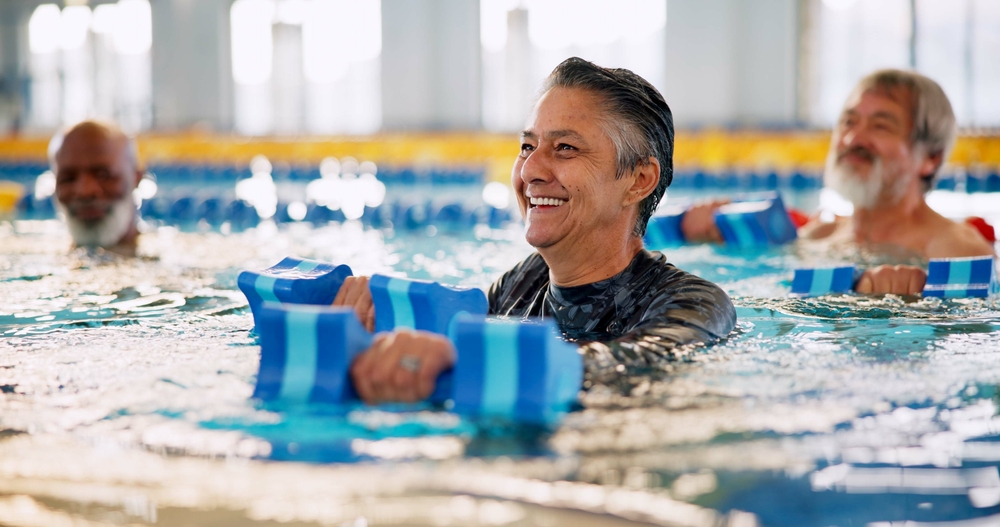
What are the best activities for mental health?
There is no one-size-fits-all solution when it comes to movement and mental wellness, but some types of exercise show consistent benefits across a range of mental health conditions. Ideally, the activity should support both physical health and psychological wellbeing. When selecting activities, consider accessibility, enjoyment, consistency, and social engagement. A mix of aerobic, strength-based, and calming exercises can be particularly effective.
Additionally, incorporating exercise into a multidisciplinary treatment plan, including psychological support, medication management, and occupational therapy, can amplify outcomes. For those on the NDIS or working with a care team, physiotherapists can help adapt these activities based on physical or sensory needs.
Tips for making exercise stick:
- Schedule it as part of your daily routine
- Use habit stacking (e.g. walk after breakfast)
- Track progress with a simple journal or app
- Set low-pressure, achievable goals
The best activities are those that are:
- Enjoyable and meaningful to the individual
- Accessible and manageable (physically and logistically)
- Regular and consistent
Popular, effective options include:
- Walking outdoors ("green exercise")
- Group classes (yoga, boxing, tai chi)
- Strength training: Linked to improvements in depression and self-esteem
- Creative movement (dance, gardening, play-based rehab)
- Swimming or water walking: Especially for those with joint pain or fatigue
A 2023 meta-analysis from the British Journal of Sports Medicine confirmed that physical activity is 1.5x more effective than medication or therapy alone in reducing symptoms of depression and anxiety.
Explore the study summary on The Conversation

Frequently Asked Questions (FAQs)
How can I access mental health physiotherapy through the NDIS?
If you or your client has an NDIS plan with funding under Capacity Building – Improved Daily Living, physiotherapy for mental health is typically covered. You can self-refer to a registered provider like Physio Inq or ask your support coordinator or plan manager for help.
What should I expect in my first physio session for mental health?
Your physiotherapist will ask about your mental health history, movement goals, and any physical limitations. Sessions may include gentle movement, pacing strategies, and home exercise ideas tailored to your energy levels. It’s completely OK to start slow and adjust over time.
How much exercise is needed to see mental health benefits?
Even short bursts help. Aim for at least 30 minutes of moderate activity, 3–5 times per week, but benefits can be felt with just 10–15 minutes of daily movement.
Is exercise safe during recovery from severe mental illness?
Yes, with appropriate planning. Always consult a GP or mental health professional. Activities can be adapted to suit energy levels and mobility.
Can exercise replace medication or therapy?
Exercise is an effective complement to therapy and medication, but it’s rarely a standalone solution. It works best as part of a broader recovery plan.
What if I struggle with motivation?
Start small. Walking with a friend, joining a gentle class, or booking a mobile physio visit can help build momentum.
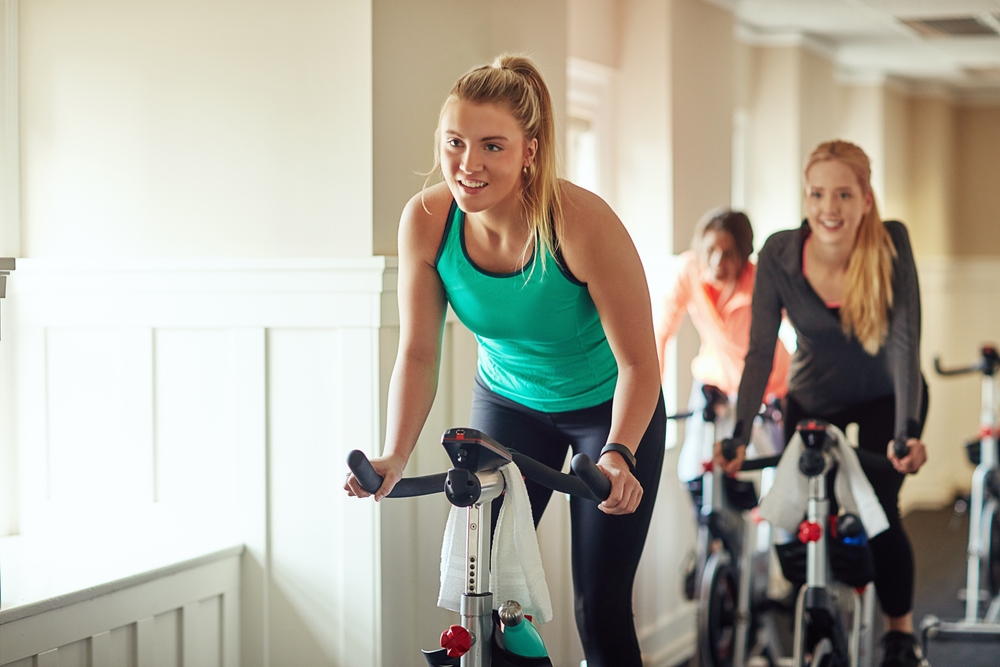
Final Thoughts
Movement is not just about muscles, it's about mindset, mood, and momentum. It can act as a bridge to reconnect people with their bodies, their goals, and their communities.
Physical activity is one of the most accessible and empowering tools in mental health recovery. Whether it’s a slow walk through the park or a community boxing class, movement can reconnect people with purpose, confidence, and calm. When included in a structured rehab plan, exercise doesn’t just build muscle, it builds resilience.
If you or someone you care for is ready to take the next step in their mental health recovery journey, Physio Inq is here to help. Our experienced mobile and in-clinic physiotherapists work alongside mental health professionals to deliver personalised, recovery-focused care.
Next Steps
Call 1300 731 733 or book online for expert physiotherapy support tailored to your mental health recovery goals.
You can also:
- Browse more articles on mental wellbeing
- Explore our Mental Health Physiotherapy services
- Reach out to your GP or allied health team to build an exercise plan that supports recovery

Date Published: Monday, June 16, 2025
Locate a Physiotherapy
Service Near me
Get the experience & convinence you deserve to support your or a loved one's allied health needs.
Our Physiotherapy team are currently serving & taking appointments in the following states and regions in Australia:
Need to get into direct contact with ur Client Services team? We're all ears. Call our team directly on 1300 731 733

